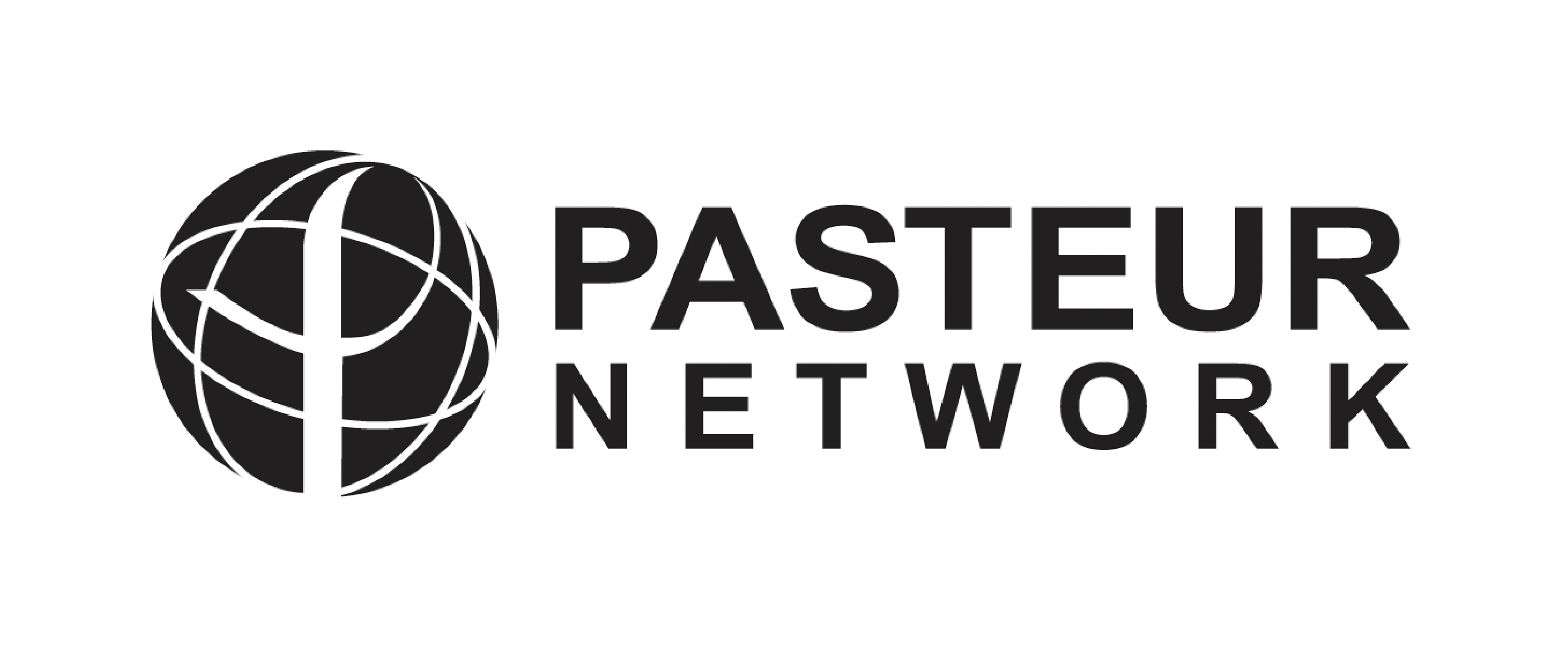Protective efficacy of seasonal influenza vaccination against seasonal and pandemic influenza virus infection during 2009 in Hong Kong.
Résumé
BACKGROUND: The relationship between seasonal influenza vaccine and susceptibility to 2009 pandemic A/H1N1 virus infection is not fully understood. METHODS: One child 6-15 years of age from each of 119 households was randomized to receive 1 dose of inactivated trivalent seasonal influenza vaccine (TIV) or saline placebo in November 2008. Serum samples were collected from study subjects and their household contacts before and 1 month after vaccination (December 2008), after winter (April 2009) and summer influenza (September-October 2009) seasons. Seasonal and pandemic influenza were confirmed by serum hemagglutinination inhibition, viral neutralization titers, and reverse-transcription polymerase chain reaction performed on nasal and throat swab samples collected during illness episodes. RESULTS: TIV recipients had lower rates of serologically confirmed seasonal A/H1N1 infection (TIV group, 8%; placebo group, 21%; P=.10) and A/H3N2 infection (7% vs 12%; P=A9), but higher rates of pandemic A/H1N1 infection (32% vs 17%; [Formula: see text]). In multivariable analysis, those infected with seasonal influenza A during the study had a lower risk of laboratory-confirmed pandemic A/H1N1 infection (adjusted odds ratio [OR], 0.35; 95% confidence interval [CI], 0.14-0.87), and receipt of seasonal TIV was unassociated with risk of pandemic A/H1N1 infection (adjusted OR, 1.11; 95% CI, 0.54-2.26). CONCLUSIONS: TIV protected against strain-matched infection in children. Seasonal influenza infection appeared to confer cross-protection against pandemic influenza. Whether prior seasonal influenza vaccination affects the risk of infection with the pandemic strain requires additional study. CLINICAL TRIALS REGISTRATION: ClinicalTrials.gov number NCT00792051 .
Domaines
Virologie| Origine | Fichiers éditeurs autorisés sur une archive ouverte |
|---|
Loading...
